Eggcrate and
Tab & Slot Design
Eggcrates, the interlocking cardboard
dividers in boxes used to keep the contents from rattling around, have
been around for a long time. When you go to design them into parts you
have a dilemma. Do you show them with square cut edges in the slots or
with rounded edges? It's easier to show a square cut and the 3d parts
are easy to create and 'mate' easily in the design package I'm using
(Alibre Design).
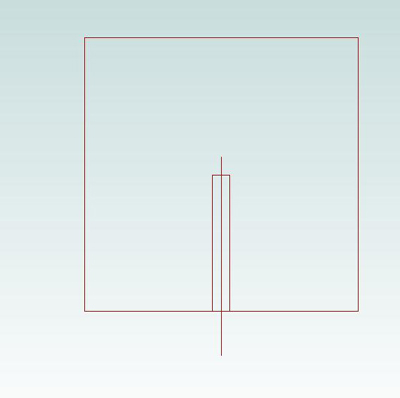 typical slot typical slot | 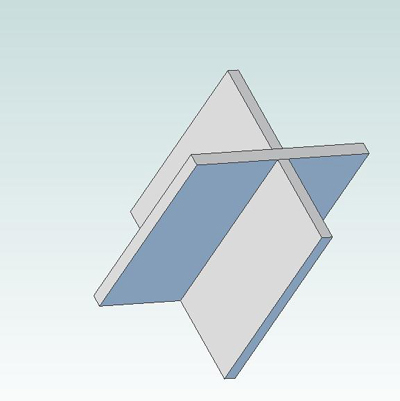 resulting mated 3d parts resulting mated 3d parts |

No matter what you do the cutting bit is going to leave a rounded profile.
If you cut on the part profile then the slot will stop at the bottom of
the cut but the parts won't mate completely because the parts will not
seat. | 
There are a number of possible solutions. One is to show the part with a rounded
bottom (called a fillet). The slot then goes full depth and can be cut as part of what's usually called a profile cut. |
Tab
and Slots, as "insert tab A into slot B", have also been around
forever. Again the dilemma is how to show them and how to machine them.
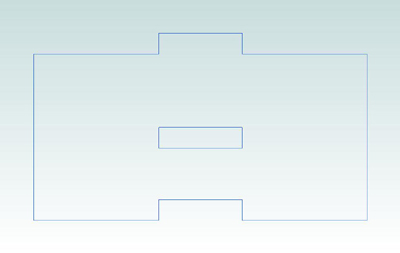 | Here's a sample part with both tabs and slots shown as square edged.
Below we show 3d versions of the part with both edge and mid-part matings.
The problem is, of course, like the eggcrate slots, you can't machine the square edge.
|
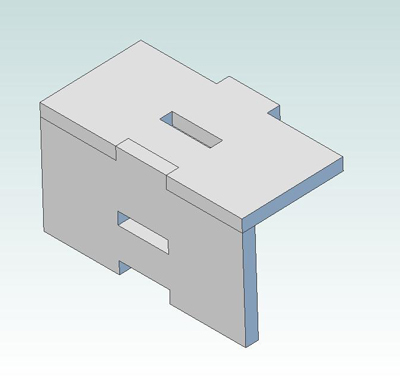 | 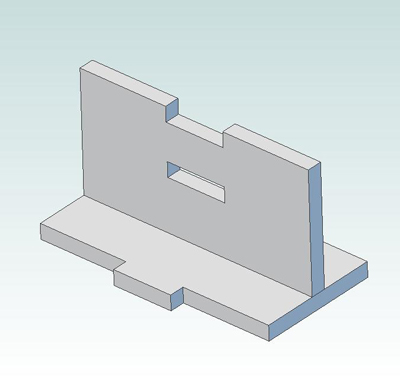 |
 | To the left is what happens if you machine the profile above.
The parts won't mate because the rounded edged interfere.
Below is a typical solutions which adds fillets to the profile to create the
necessary relief. |
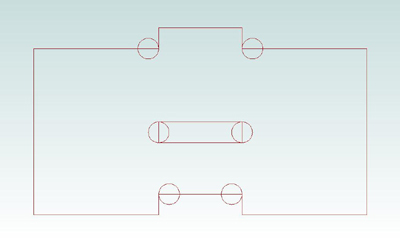 | 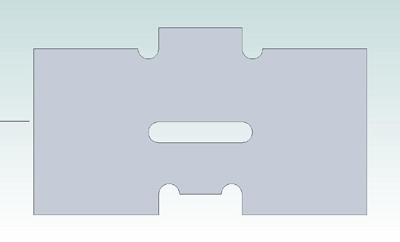 |
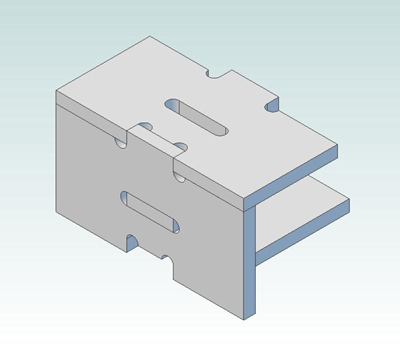 | There are consequences to using a Tab & Slot design.
If
the edges, or surface, where the Tab & Slot come together are
exposed then the fillet cuts will have to be filled. Since there are
typically other construction issues that require filling in this is
typically not an issue.
One alternative, of course, would be to nc
machine the parts without the fillet cuts and then use a file to square
off the edges by hand. |
 typical slot
typical slot resulting mated 3d parts
resulting mated 3d parts







